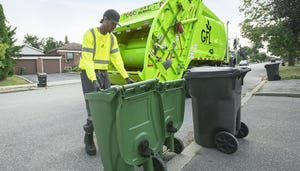EPA’s Proposed Rules Update the Federal Hazardous Waste Generator Program to Provide Real World Flexibility and Efficiencies
November 30, 2015
Environmental Leader
In 1980, the EPA launched perhaps the most comprehensive single environmental program under its jurisdiction in terms of the number of affected US businesses — the Resource Conservation and Recovery Act (RCRA) Subtitle C hazardous waste program. Central to the program was the regulation of generators of hazardous waste where the “cradle to grave” system that RCRA envisioned starts. Given the complete novelty of this comprehensive program at the time these regulations were first developed in 1979, the EPA’s initial generator regulations were based upon informed guesses about how many generators would be affected and how generators actually operated. The EPA was keenly aware that their new program needed to be broad enough to be effective but practical enough to be workable.
The EPA made a key policy decision at the start: it would equate the level of environmental risk and environmental requirements with the monthly generation of hazardous waste by volume. An exception was made for a small class of hazardous wastes, deemed acutely hazardous, but given the unprecedented broad definition of “hazardous waste,” this policy decision was critical. Regulations would be tailored in terms of requirements to those who were large quantity generators (LQG), small quantity generators (SQG) or so small as to be conditionally exempt small quantity generators (CESQG). These distinctions are critical because RCRA’s enforcement sanctions are stiff and compliance by each facility is linked to the category of hazardous waste the generator falls under.
You May Also Like


